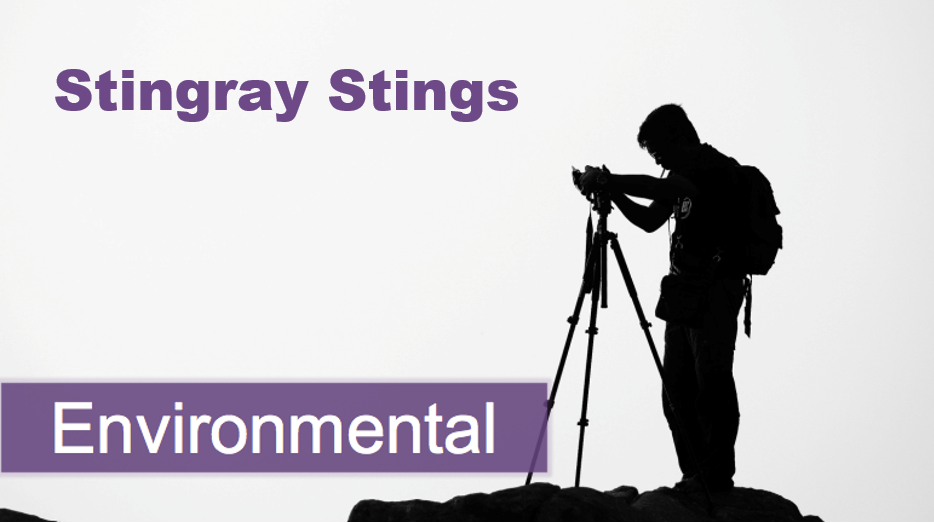Written by: Adam Payne, MD (NUEM ‘24) Edited by: Emily Wessling, MD (NUEM ‘22)
Expert Commentary by: Justin Seltzer, MD (NUEM ‘21)
Expert Commentary
Congratulations to Drs. Payne and Wessling on an excellent post.
Management of toxic gas exposure from a house fire is essential knowledge for all emergency physicians. The two major toxic gases of interest are carbon monoxide and hydrogen cyanide; it is important to note that fires in other environments, such as factories or industrial sites, may result in alternative exposures based on the nature of the fire and materials present. The post goes into detail on the pathophysiology, signs, symptoms, and diagnosis of both carbon monoxide and cyanide poisonings, so this commentary will focus on the clinical approach.
I recommend the following simplified process to streamline diagnosis and treatment decision making:
1. Start high flow oxygen (15L NRB) immediately (or, if intubated, give 100% FiO2)
High flow oxygen reduces the half life of carbon monoxide from ~5 hours to ~90 minutes. Oxygen can be discontinued once carboxyhemoglobin normalizes (<2%)
2. Obtain a carboxyhemoglobin level, lactic acid level, and a venous blood gas (arterial is unnecessary unless oxygenation is also a concern) as soon as possible
Unfortunately, there is some disagreement as to what constitutes a “toxic” carboxyhemoglobin level. Weaver, et al. established 25% as an inflection point for the development of severe sequelae, which is now a commonly used (though not universally agreed upon) threshold value. Also, when evaluating a carboxyhemoglobin level, it is essential to consider the time period prior to the level being drawn to avoid false reassurance. For example, a level drawn after 90 minutes of high flow oxygen will be reduced by roughly 50% and interpreted accordingly. Further, do not rely on external co-oximeters alone to rule out carbon monoxide poisoning given limited sensitivity at the moment (though the technology will likely improve over time).
3. Treat with hydroxocobalamin empirically if symptomatic and/or if lactic acid elevated
Hydroxocobalamin is a low risk intervention with significant potential therapeutic benefit, so it should be given early if there is any clinical concern. The other major cyanide antidote, sodium thiosulfate, should only be used if hydroxocobalamin is not available as it has no efficacy advantage and an undesirable side effect profile. It is essential to avoid using nitrites, as inducing methemoglobinemia in the setting of coincidental carbon monoxide poisoning can dramatically worsen tissue hypoxia.
An elevated lactic acid is a surrogate for cyanide poisoning, specifically a level of 8-10 mmol/L or greater is sensitive and should prompt intervention. More modest lactic acid elevations are less likely to be related to cyanide poisoning and should not prompt intervention, especially in an asymptomatic patient, unless the level is persistently elevated despite adequate resuscitation. Cyanide levels, while diagnostic, are of no acute clinical utility since they are rarely available in a timely manner.
4. Consider hyperbaric oxygen therapy (HBOT) if readily available
HBOT for the treatment of carbon monoxide poisoning is controversial. While HBOT reduces the half life of carbon monoxide to roughly 20-30 minutes, HBOT is not used for this purpose alone. In fact, HBOT is primarily used to reduce associated cognitive, behavioral, and neurologic changes (collectively known as delayed neuropsychiatric sequelae). There is lower quality evidence for reduced myocardial infarction and mortality risk as well.
However, several factors limit HBOT use. Primarily, it is not universally available at most institutions, incurring the risk and cost of transport to a distant site. The benefit is thought to be highest when the treatment is performed early (ideally within six hours of exposure), which adds to the logistical burden. Additionally, many chambers are not operated on nights and weekends, and of those available at off hours, many are unable to accommodate intubated patients. Recognizing the controversial nature of HBOT, the 2016 ACEP position statement noted that HBOT or high flow, normobaric oxygen can be used to treat carbon monoxide poisoning; though it likely carries clinical benefit in certain situations, at this time HBOT is not the standard of care for severe carbon monoxide poisoning. Rather, it should be offered if it can be readily and reasonably arranged.
Keeping this in mind, the following are generally accepted indications for HBOT in the setting of carbon monoxide poisoning
Loss of consciousness associated with exposure
Altered mental status
Focal neurologic changes
Evidence of end organ ischemia (pH ≤ 7.1, EKG changes, elevated troponin, angina)
Pregnancy (with some resources citing a level ≥20%)
Carboxyhemoglobin level ≥25%
Importantly, these are not hard and fast rules and there is no firm guideline mandating when HBOT should or should not be used. As a result, it is prudent to involve a medical toxicologist early in the process.
In summary, a few key take home points:
Carbon monoxide and cyanide are strongly associated with house fires – assume exposure to both until proven otherwise
It is reasonable to treat any undifferentiated, symptomatic patient with high flow oxygen and hydroxocobalamin empirically; asymptomatic patients can wait safely for blood work on high flow oxygen alone
The decision making regarding use of HBOT, in particular, is complex – early consultation with a medical toxicologist is strongly encouraged
Justin Seltzer, MD
Toxicology Fellow
Department of Emergency Medicine
University of California, San Diego
How To Cite This Post:
[Peer-Reviewed, Web Publication] Payne, A. Wessling, E. (2022, May 2). Toxic House Fire Gases. [NUEM Blog. Expert Commentary by Seltzer, J]. Retrieved from http://www.nuemblog.com/blog/toxic-house-fire-gases













